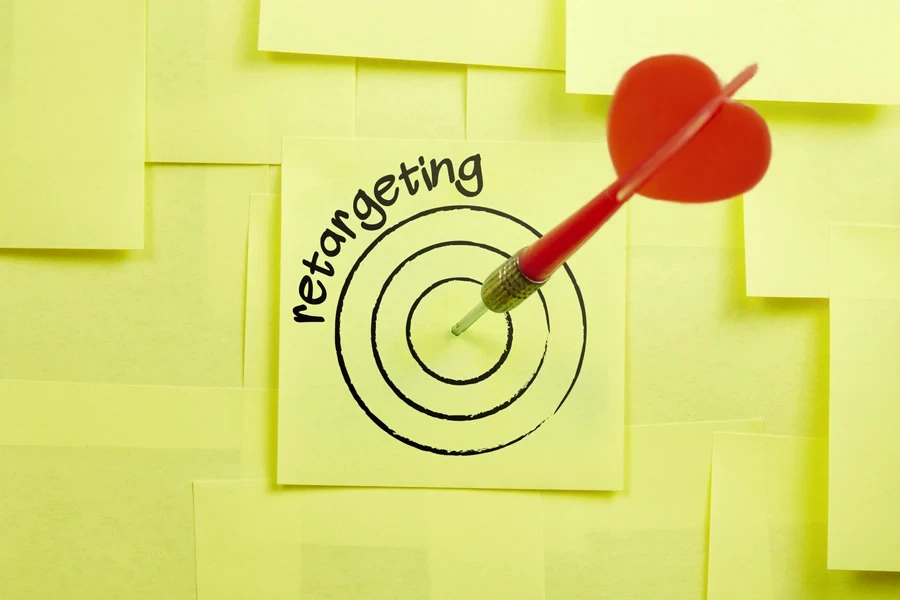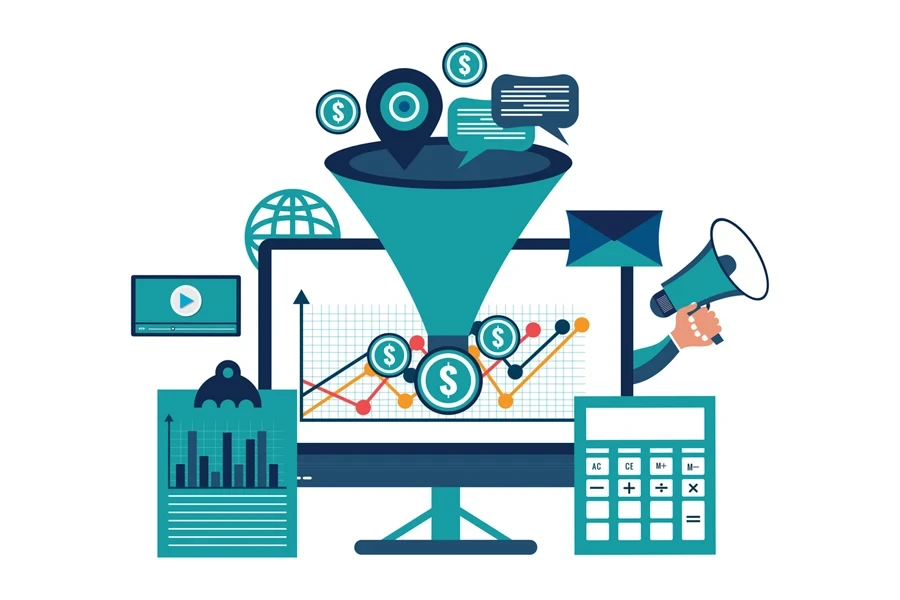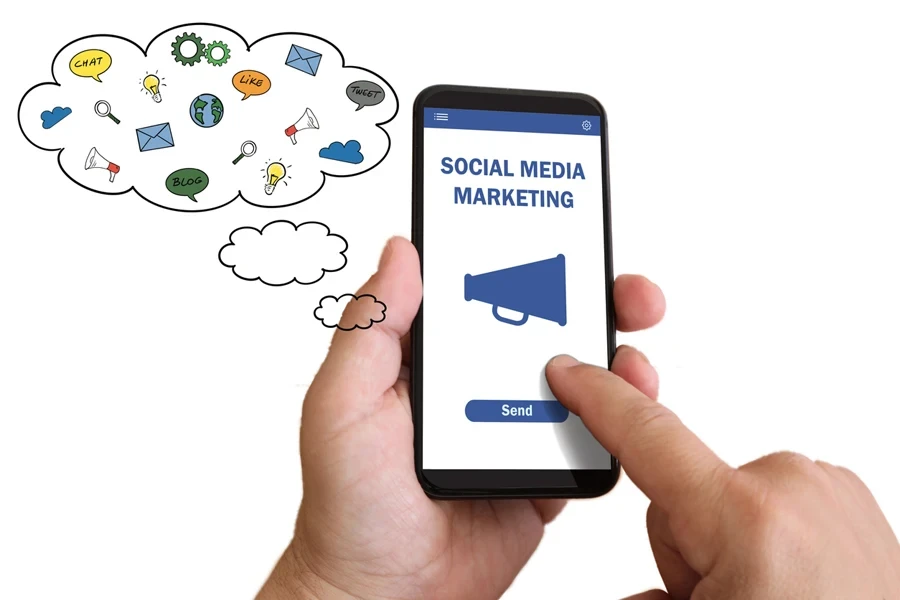Being a business owner, it is quite disappointing to see someone enter your website, browse through it, and then leave without doing anything. This problem is quite frequent in ecommerce, as only 2% of online shoppers make a purchase after clicking on the website for the first time. However, retargeting can solve this issue and bring the lost money back.
Retargeting enables you to make ads that focus on users who have shown interest in your products to convince them to convert. This is a trusted and proven strategy, as research shows that customers who see retargeted ads are 70% more likely to convert than those who don’t. It’s also the reason why 77% of marketers use retargeting on social media platforms like Instagram and Facebook.
So you may be wondering how retargeting works, and what steps can be taken to leverage this technique? Luckily, this guide has everything you need to know about retargeting and how to use it to boost your conversions.
Let’s get started!
Table of Contents
What is retargeting, and how does it work?
Benefits of retargeting
Highly effective retargeting strategies
Conclusion
What is retargeting, and how does it work?

Retargeting is an online advertisement strategy where you send highly targeted ads to people who have already interacted with your business based on interests and user behavior to get them to take action, such as completing a purchase.
How retargeting works
It all begins when a user either visits a website or interacts with an app or a website. This could be the case in tasks like looking at product pages, adding things to the shopping cart, or joining a service.
As the user is using the website or the app, a tiny portion of a code, which is called a cookie, is given to their browser. This cookie gathers the user’s behavior data, such as the pages they have visited or the products they have seen.
The cookie gives the website or the app the ability to monitor the user’s activities from one site to another. Thus, the tracking of users through their activity enables the business to acquire data on the user’s interests and preferences.
Through the data from the tracking cookies, the business can make ads that are suitable for the target audience. These ads are made to appeal to the viewers who have visited the website or the app before.
The user, while surfing the internet, may stumble upon these ads on other websites, social media platforms, and mobile apps. The main objective is to notify the user of the goods or services they were previously interested in and motivate them to come back to the website or app to accomplish a desired action, for example, to make a purchase.
Suppose the user, who is already in the website or app, clicks on the retargeted ad and returns to the site or app to complete a desired action, like making a purchase or filling out a form. In that case, the retargeting campaign is considered a success.
Benefits of retargeting
Retargeting is a powerful tool for your business. You can use it at any stage of your sales funnel and move prospects down the funnel by personalizing your messages and convincing them to convert. Here are some benefits you gain from retargeting efforts.
1. Learn more about your audience

One benefit of retargeting is that you understand your customers better. Different platforms for retargeting, such as Google Ads, Facebook, LinkedIn, and X, have metrics that help you to know how your ads are performing.
The key performance indicators you can track include impressions, clicks, click-through rate, and conversion rate. The results you get from a successful retargeting campaign will tell you if your ads resonate with your audience.
2. Improve brand awareness
The marketing rule of seven asserts that people see your name, your company brand, and your product or service at least seven times for them to make a purchasing decision. This means that the more people see your brand, the more likely they will buy from you.
Retargeting helps you speed up that process by targeting those who have had at least one impression from your website. You can maintain your brand’s awareness by reminding these potential clients about your brand and products on a regular basis.
3. They have better conversion rates

It is statistically proven that retargeting ads have higher conversion rates than other types of ads. One study involving 1000 marketers regarding their campaigns had at least 90% of respondents claim that it achieved better results than other marketing channels in various categories.
For instance, they discovered that it performed 92% better than search ads, display ads and other ads. For email, it was 91%. This indicates a significantly larger return on investment, and the fact that it was marketers being surveyed in the study shows that they knew what they were doing.
4. It reduces cart abandonment
Remarketing also has the excellent benefit of drastically lowering cart abandonment. Cart abandonment happens when shoppers add products to their carts but leave them there or get distracted and fail to complete the order.
One of the main reasons why online businesses need better conversions is cart abandonment. Thankfully, retargeting is a great approach to offset that. For instance, you can urge a potential customer to complete their purchase by sending them an email if their cart is abandoned.
Highly effective retargeting strategies
Retargeting is a powerful marketing strategy and if you apply the right techniques, it can have a big impact on your bottom line. Here are highly effective retargeting strategies that can increase your business’s sales efforts.
1. Target specific audiences
Regardless of the ad campaign, matching the customer experience with the wants of the specific audience is essential. A well-laid-out retargeting strategy requires you to think carefully about what ads will appeal to a certain group of people.
Instead of retargeting all your website’s visitors, try to segment them into groups based on their interests. This allows you to create relevant ads that will resonate with each of your audiences.
Retargeting platforms like Facebook, for instance, allow you to create a custom audience based on people who:
- Visit your website
- Visit specific pages
- Visit specific pages but not others
- Haven’t visited in a certain amount of time
- A combination of the four options
The best way is to create a better customer experience by serving audiences with highly relevant content. The more specific you are with the targeting, the more personalized the experience, which ultimately boosts ad engagements and your bottom line.
2. Offer coupons to repeat visitors or product page viewers

Incentivizing a lost shopping cart visitor using coupons and discounts is a great retargeting strategy to persuade them to return to the product page. This is because a person who has visited your online store and clicked through a particular page is likely very interested in buying that item.
For whatever reason, they did not complete the transaction, whether a high price point, comparison shopping, or they got distracted. This is the right time to reach them using a coupon or discount code. Coupons and discount codes have the ability to persuade hesitant shoppers to complete their purchases rather than leave their carts empty.
3. Diversify your retargeting content
Another way to make your retargeting efforts effective is by expanding your content types. Do not limit yourself to only images when the world of content is vast. Diversifying your ad content is crucial as it can significantly boost your engagement levels.
When creating ads, include a mix of different types of content, such as engaging video ads, demos, and informative blog posts for your online store. Having a wide variety of ads to display to previously engaged audiences not only captivates your audience but also educates them, making it easier to convert from casual visitors to committed buyers.
4. Remarket to converted customers

Excluding your converted customers is one of the popular recommended best practices in remarketing. This means that you no longer have to follow up with someone who downloaded your ebook or made a purchase to persuade them to convert. This is reasonable. However, why not remind them to choose you again if they have already done so once?
A good idea would be to tag your post-conversion landing pages so that people who have already converted with you may be reached again. This involves developing a strategic remarketing plan that retargets your customers at a lower frequency and for a longer period of time to keep your brand in front of their minds.
For example, if you have an upcoming sale, you can decide to retarget your customers. Or, if you are launching a new fashion line for the fall season, you can add your previous customers to your retargeting lists before the new stock arrives.
5. Test and optimize
The online advertising landscape is ever-changing, and so should your retargeting strategies. Consistent fine-tuning is key for effective retargeting campaigns. Keep an eye on key metrics and tweak your ads as needed.
A/B testing is also another tool you should employ in your promotional arsenal. It involves creating two versions of your retargeting ads using a different ad copy, images, or call to action and testing them against each other to see which one drives more conversions. This way, you can know what works best with your audience and then capitalize on it.
Conclusion
Retargeting is an effective marketing technique that can help you capture lost leads back into your sales funnel. Whether you are running email, social media, or other remarketing campaigns, using the above techniques is the key to attaining success in digital marketing. So, if you are ready to increase your conversion rates, start using these marketing strategies and discover how you can turn your site visitors into loyal customers. And finally, remember to follow Alibaba.com Reads for the latest updates in the world of ecommerce.




